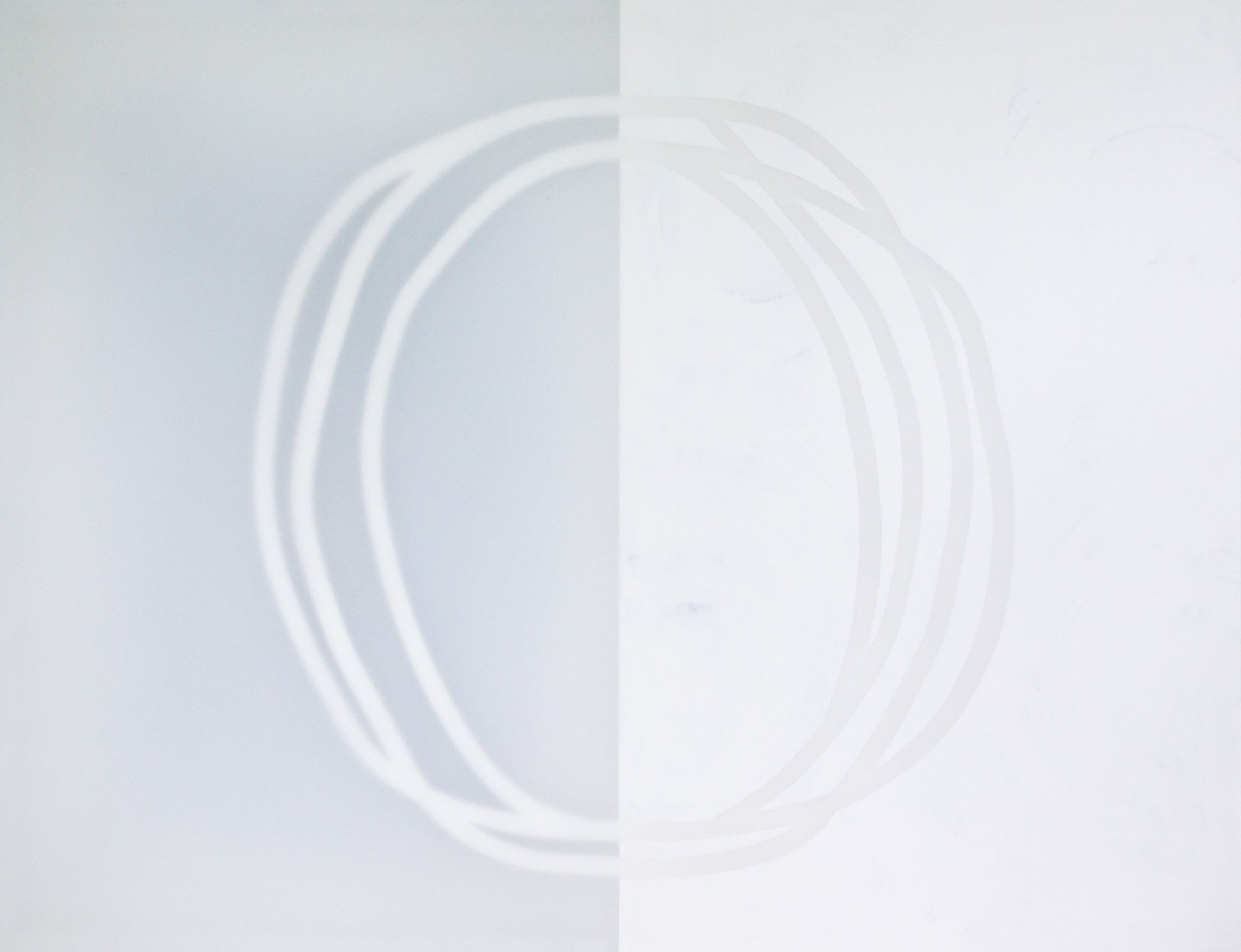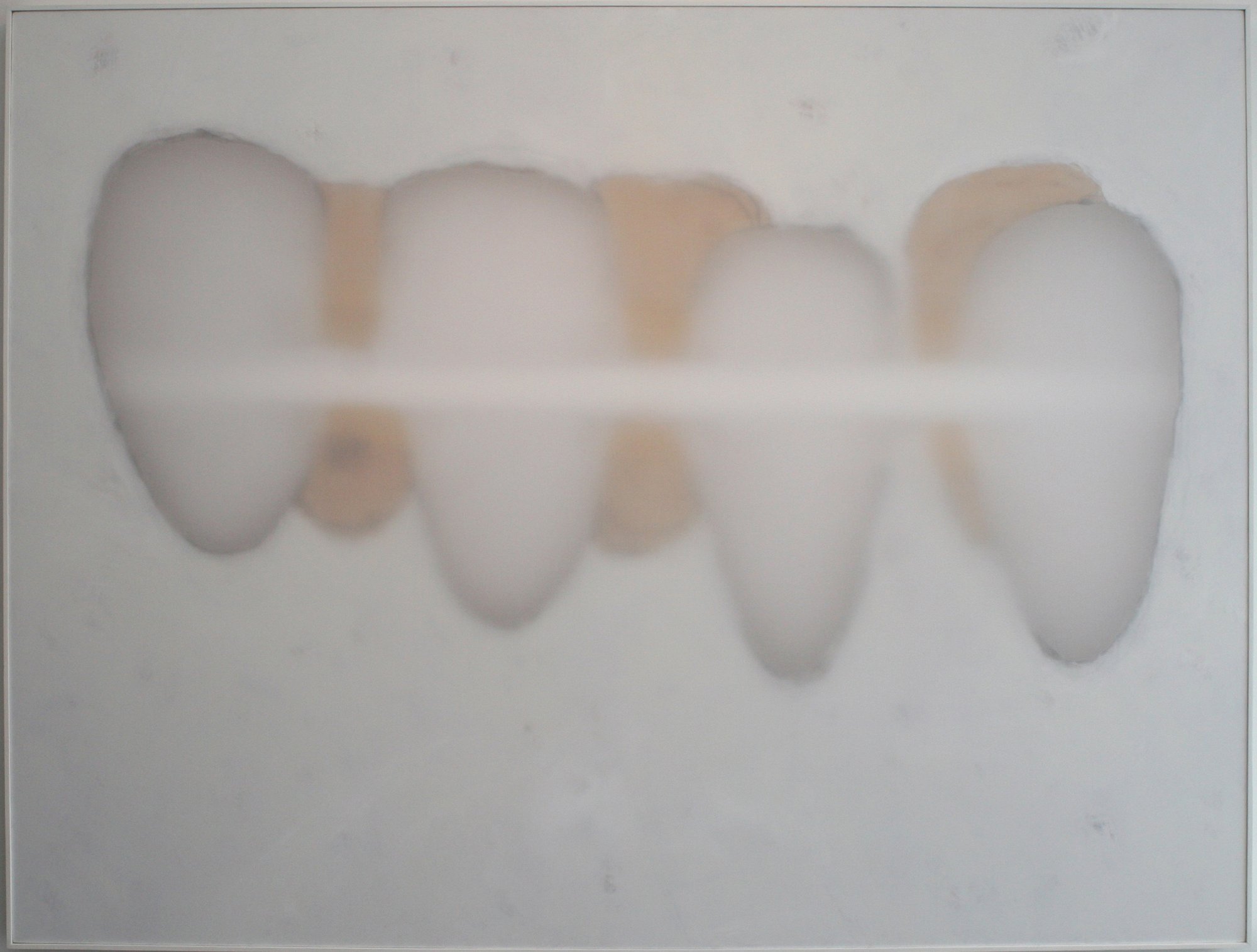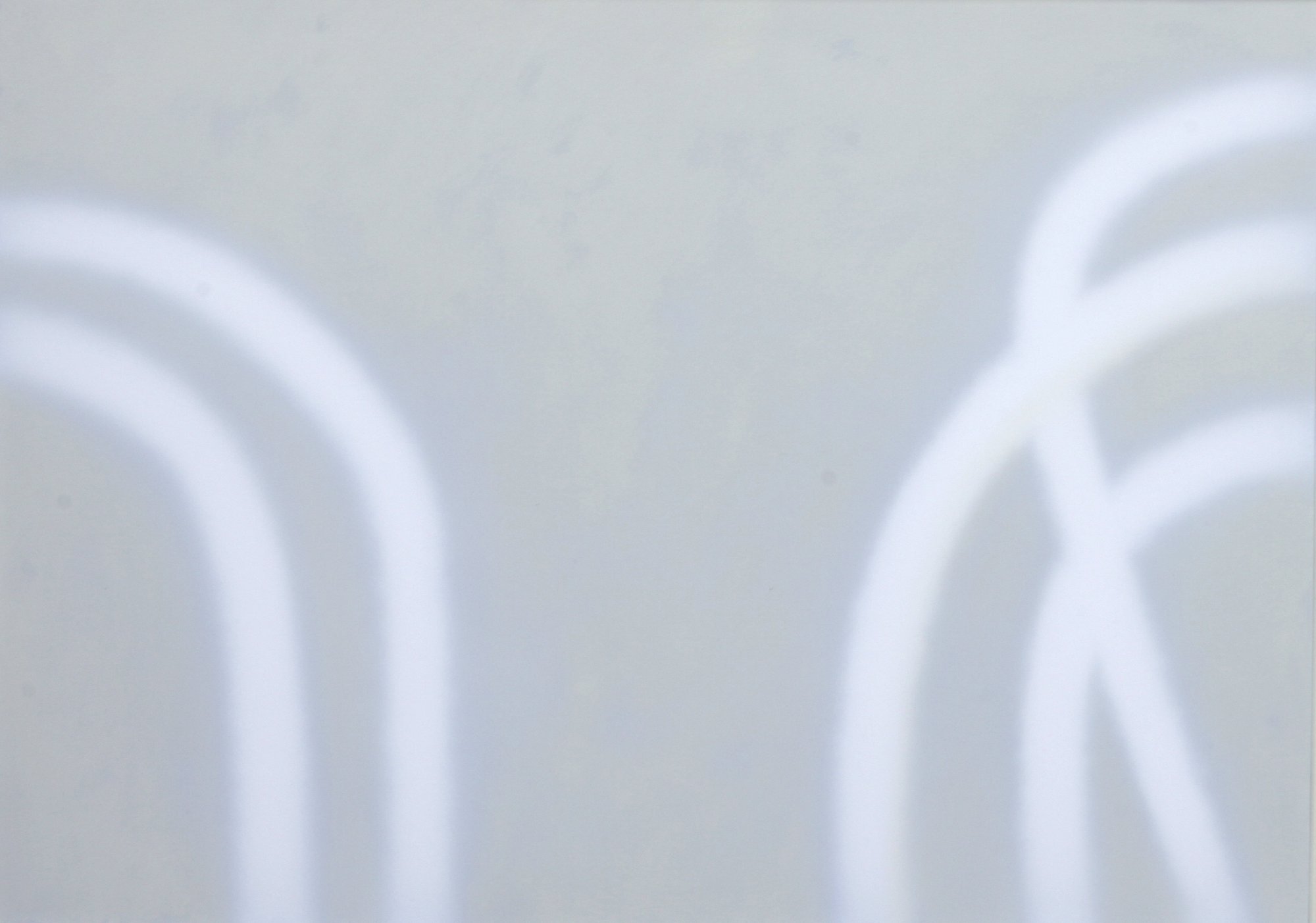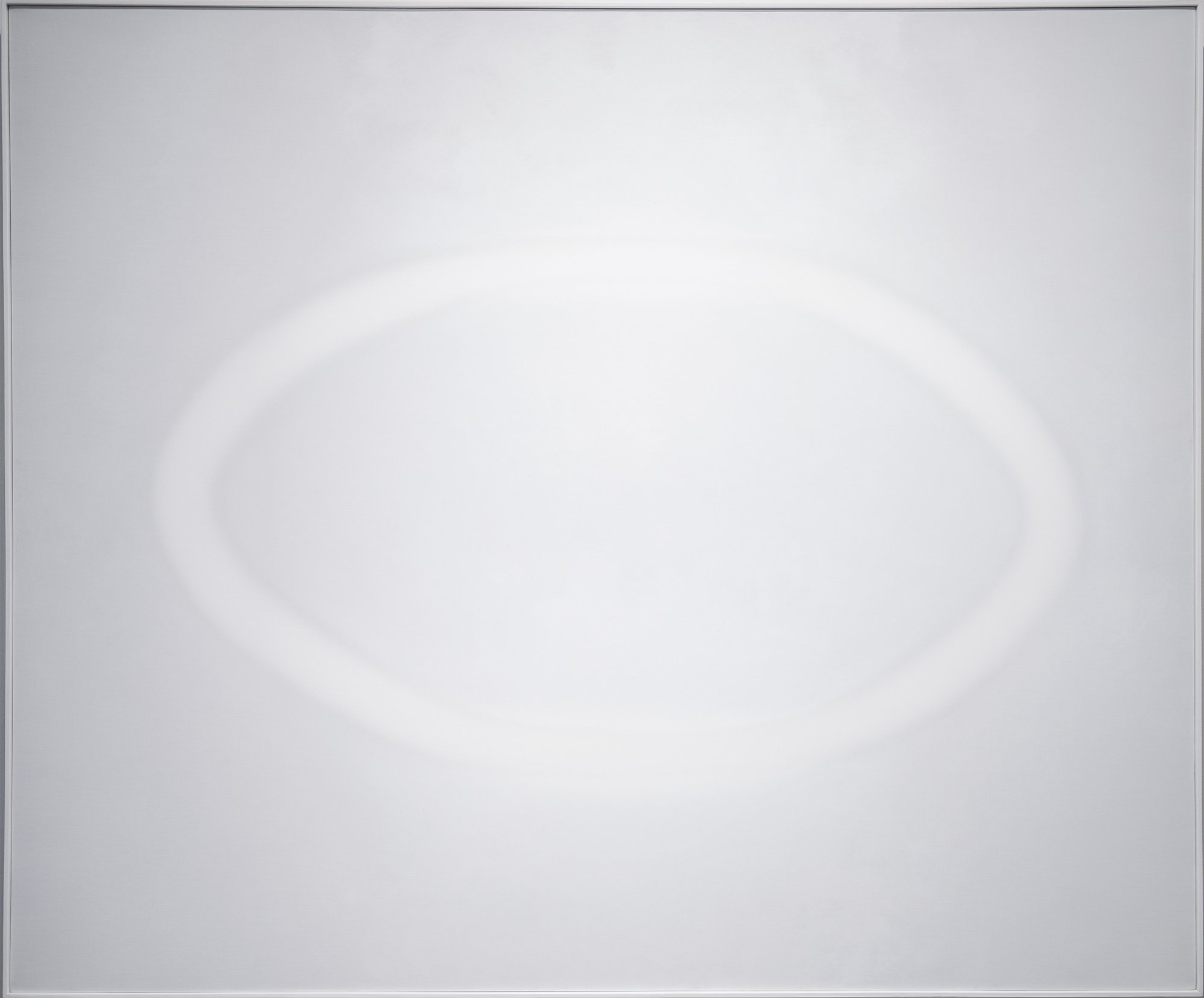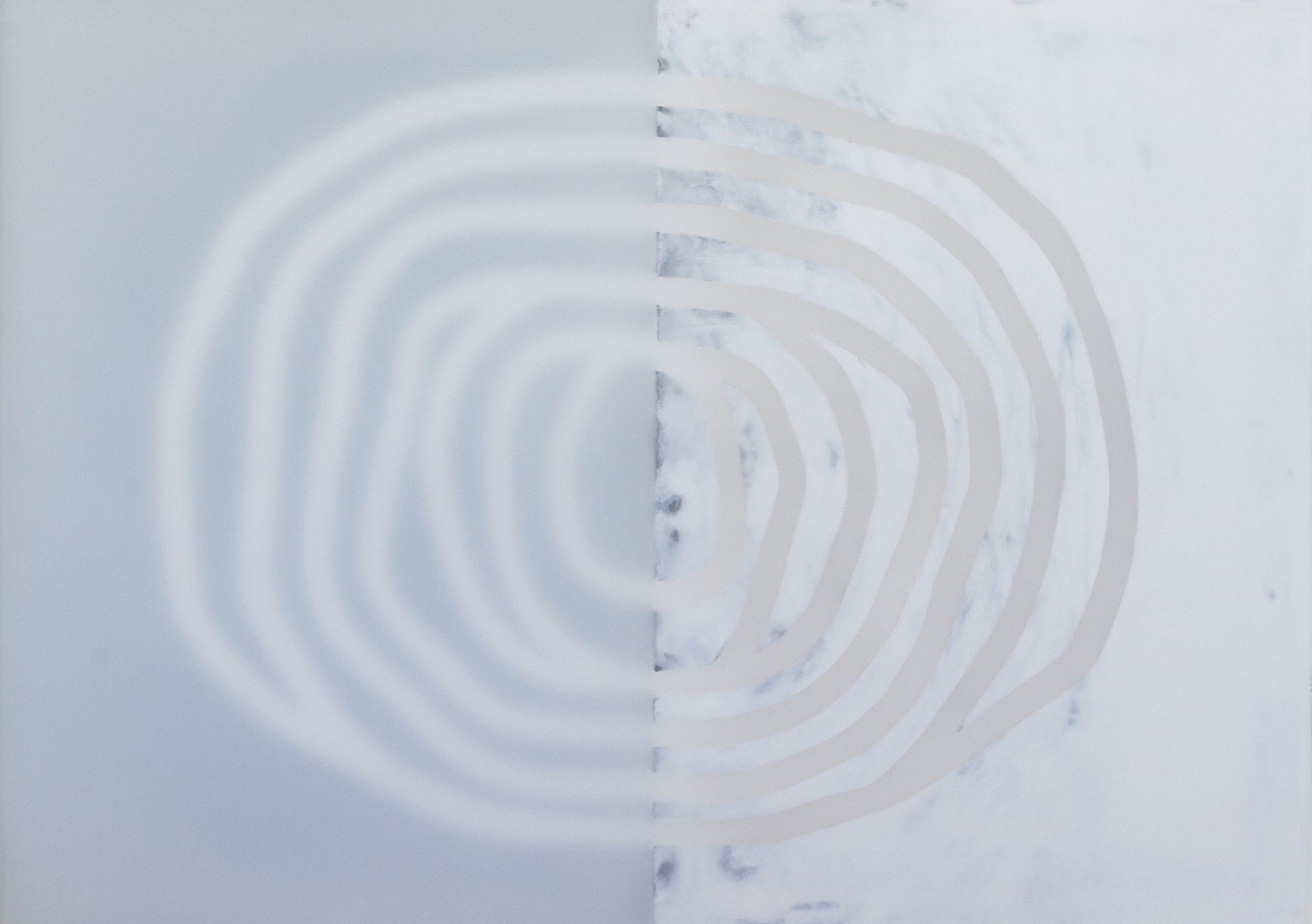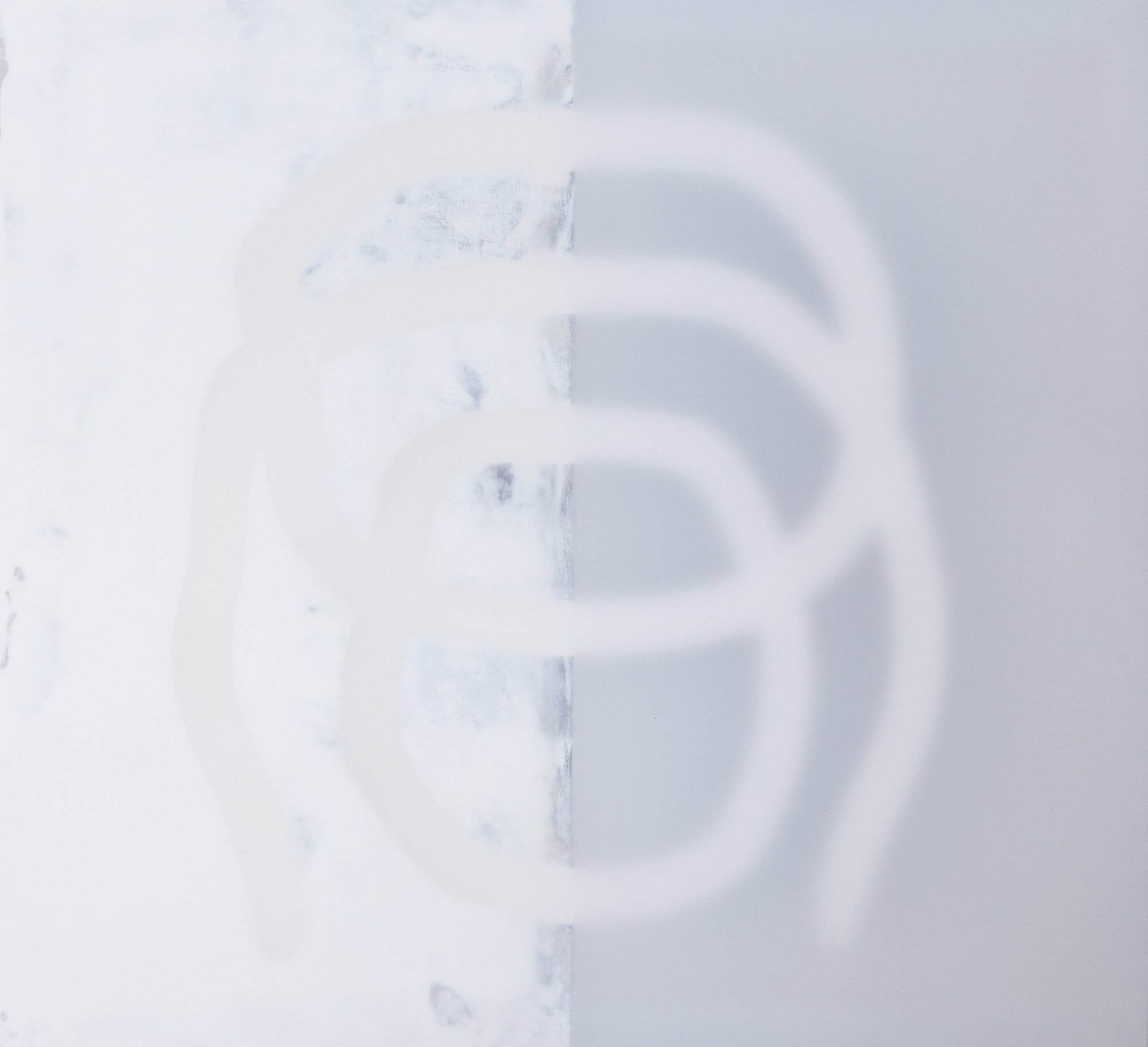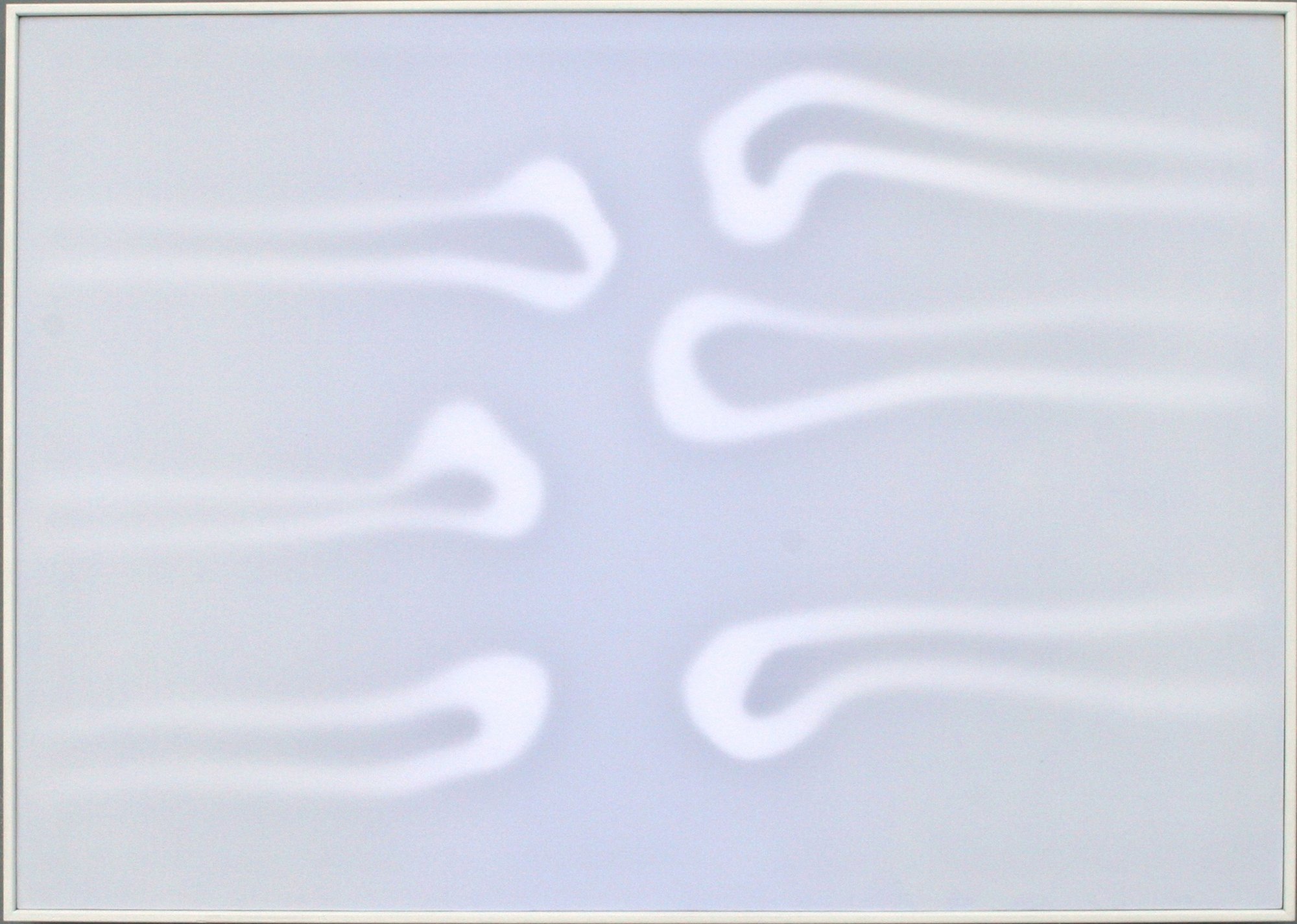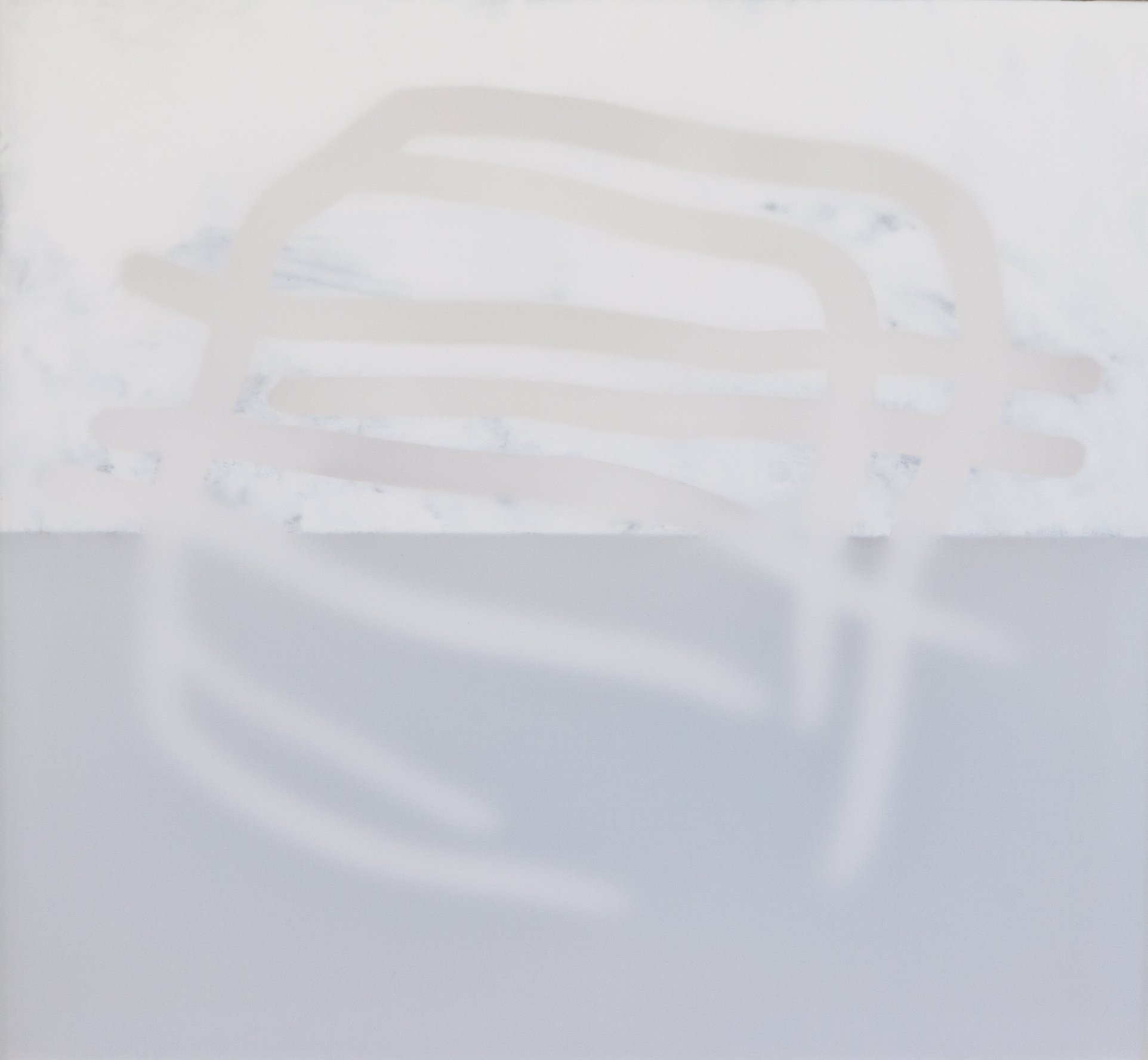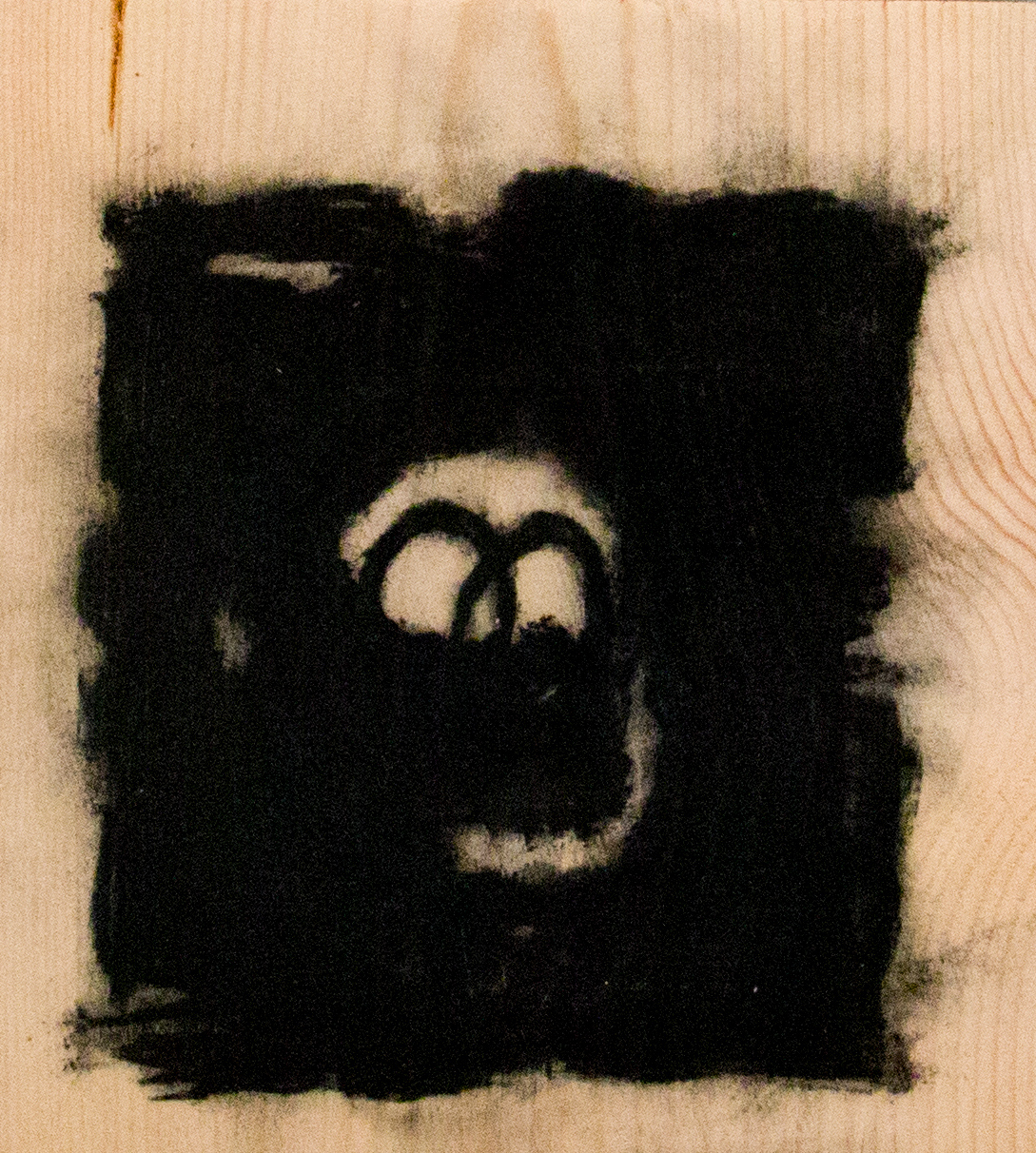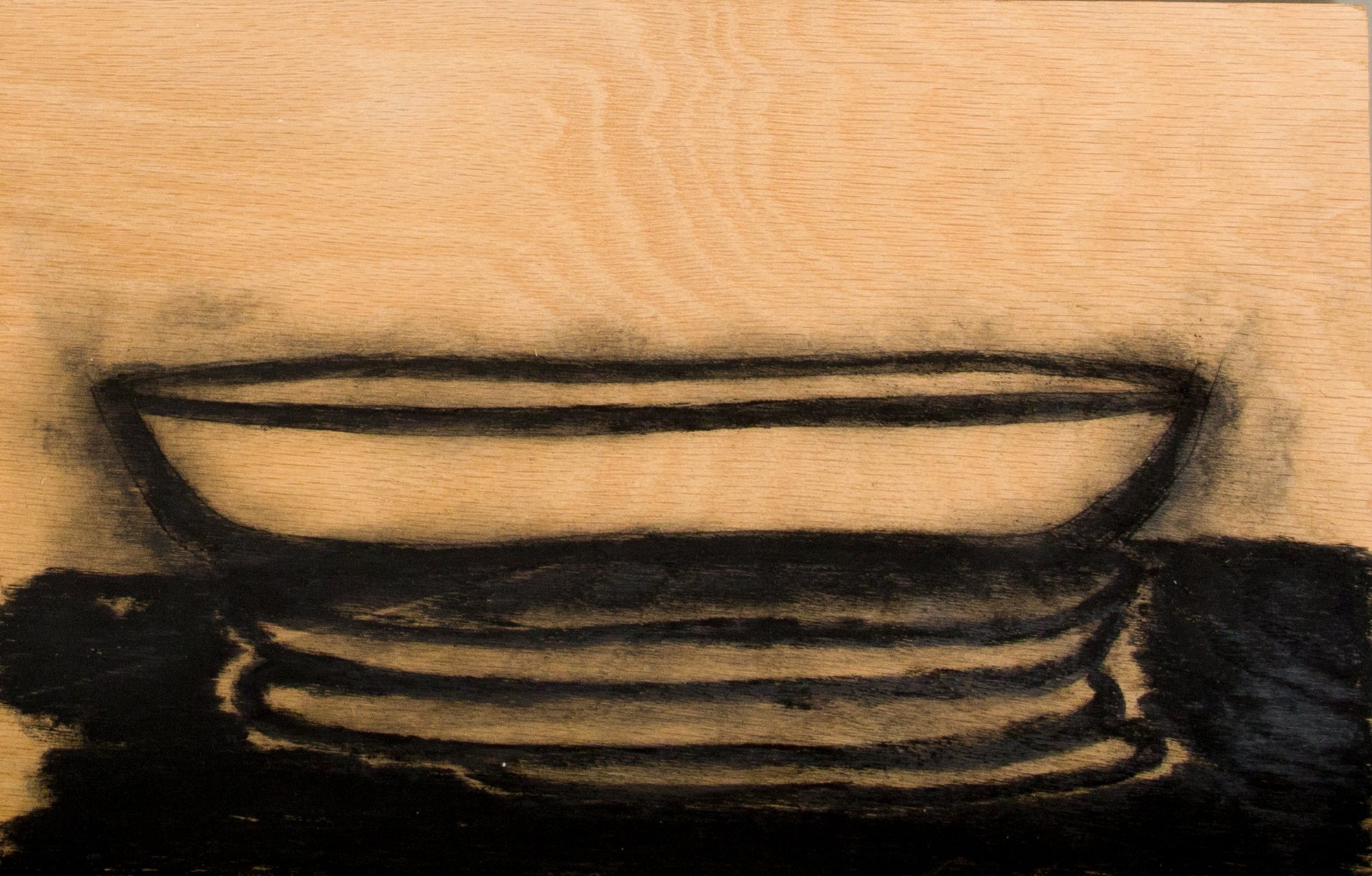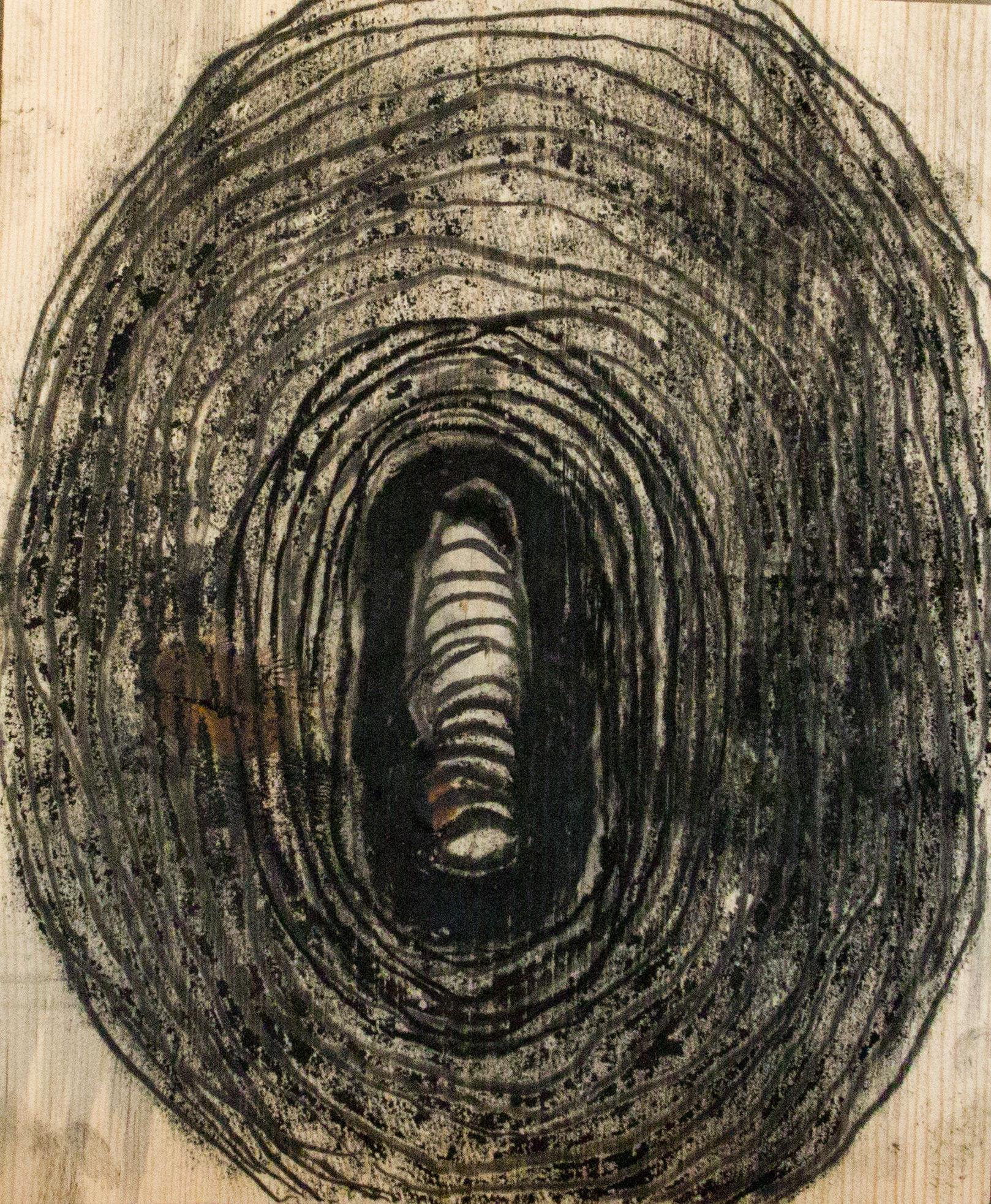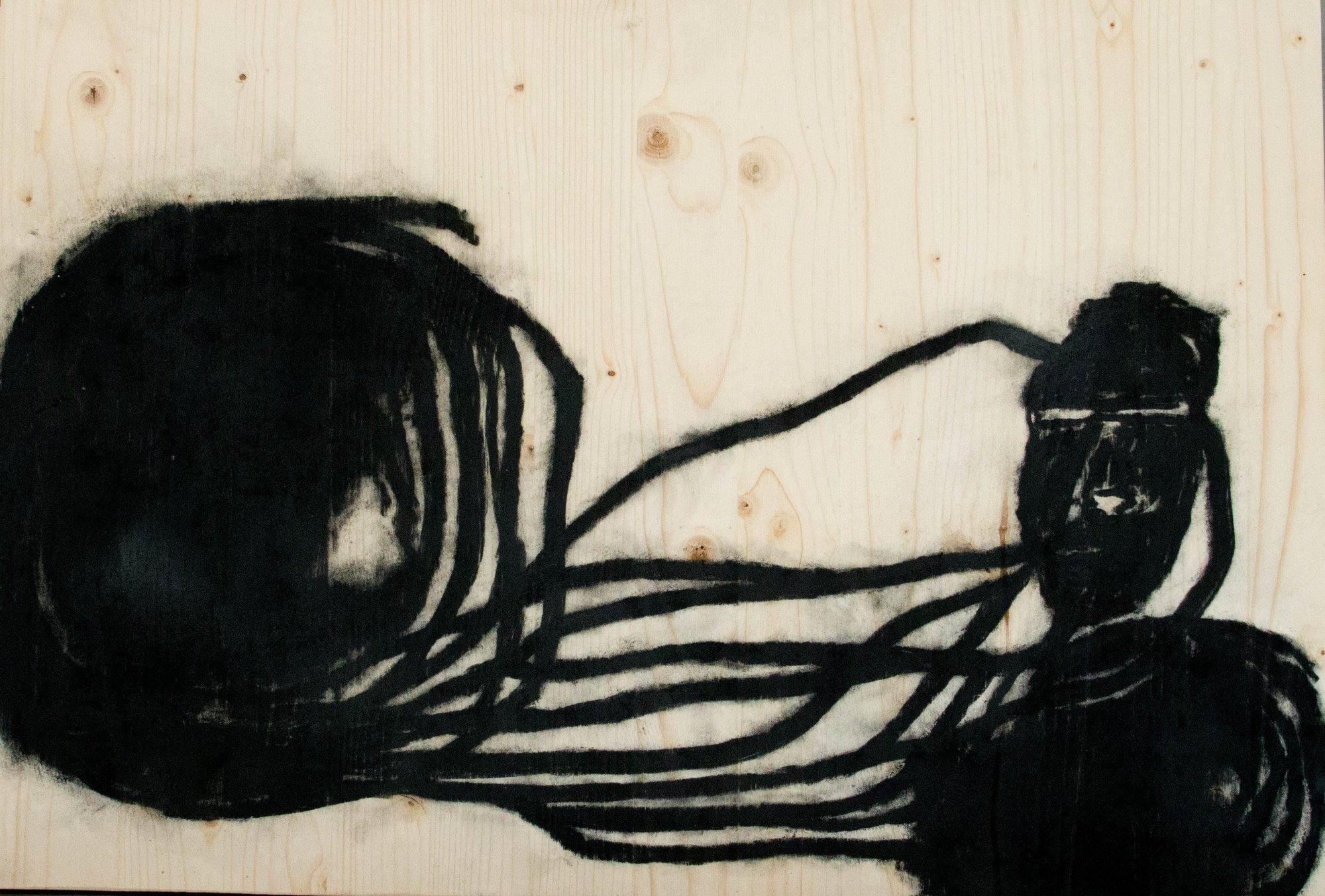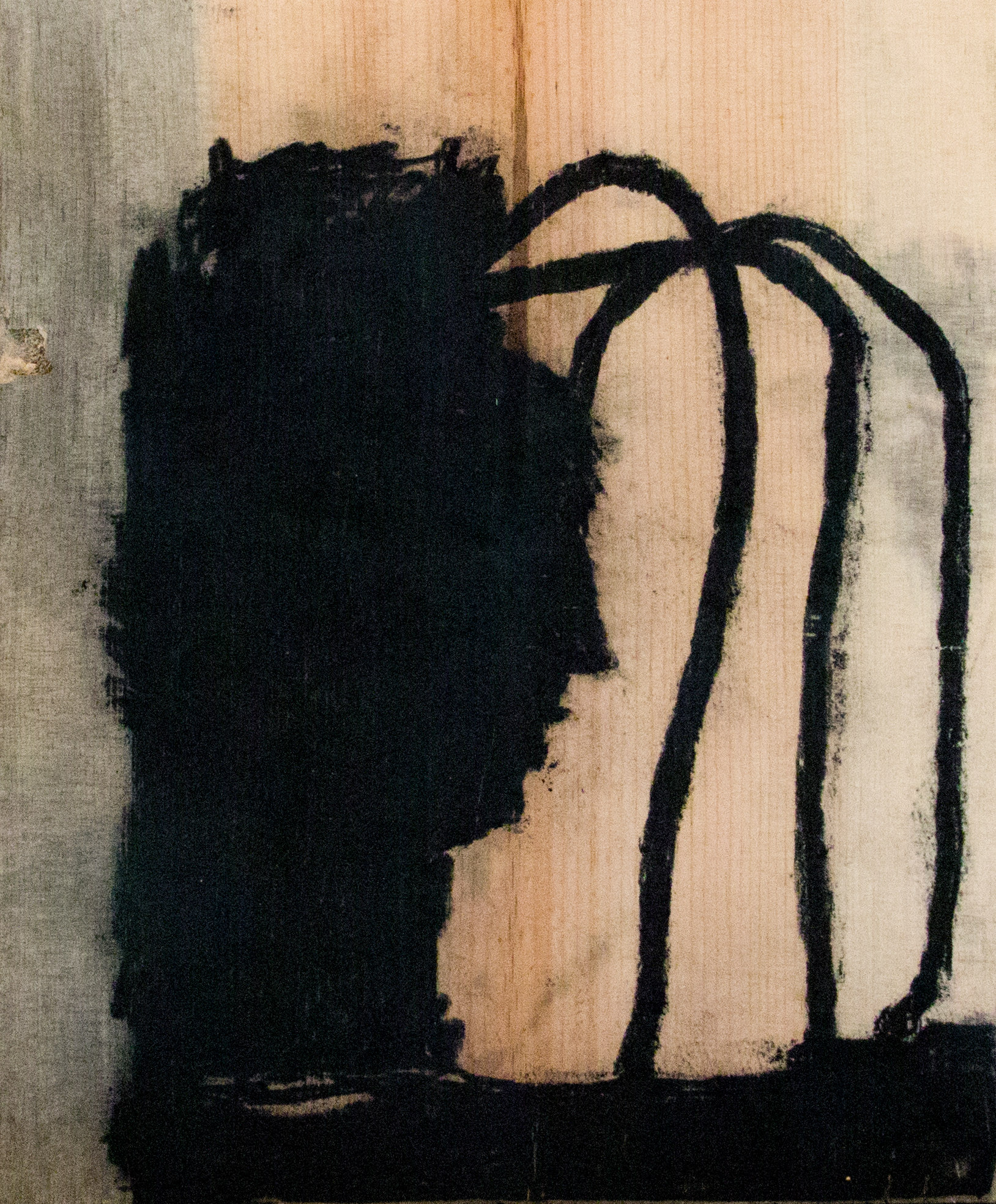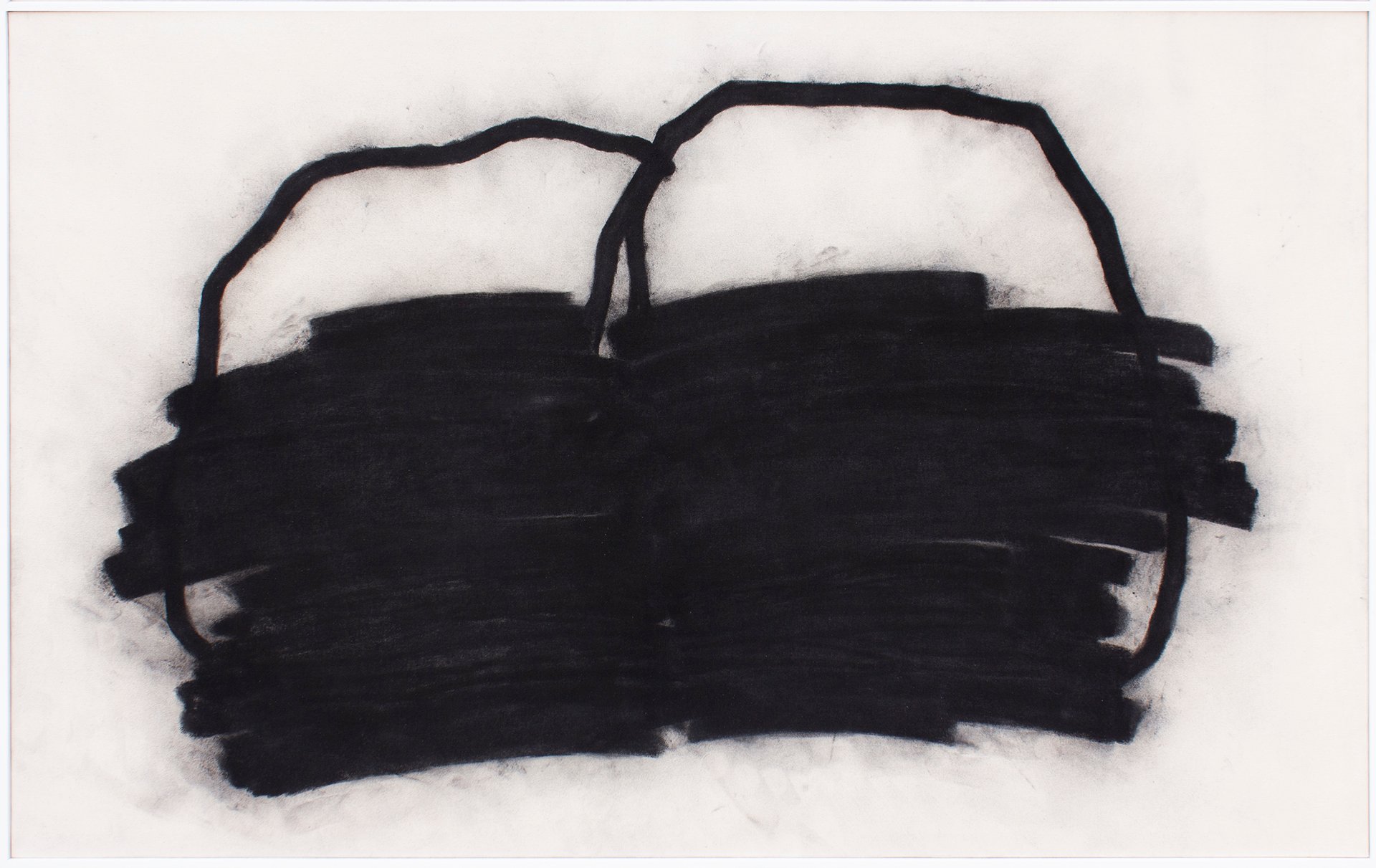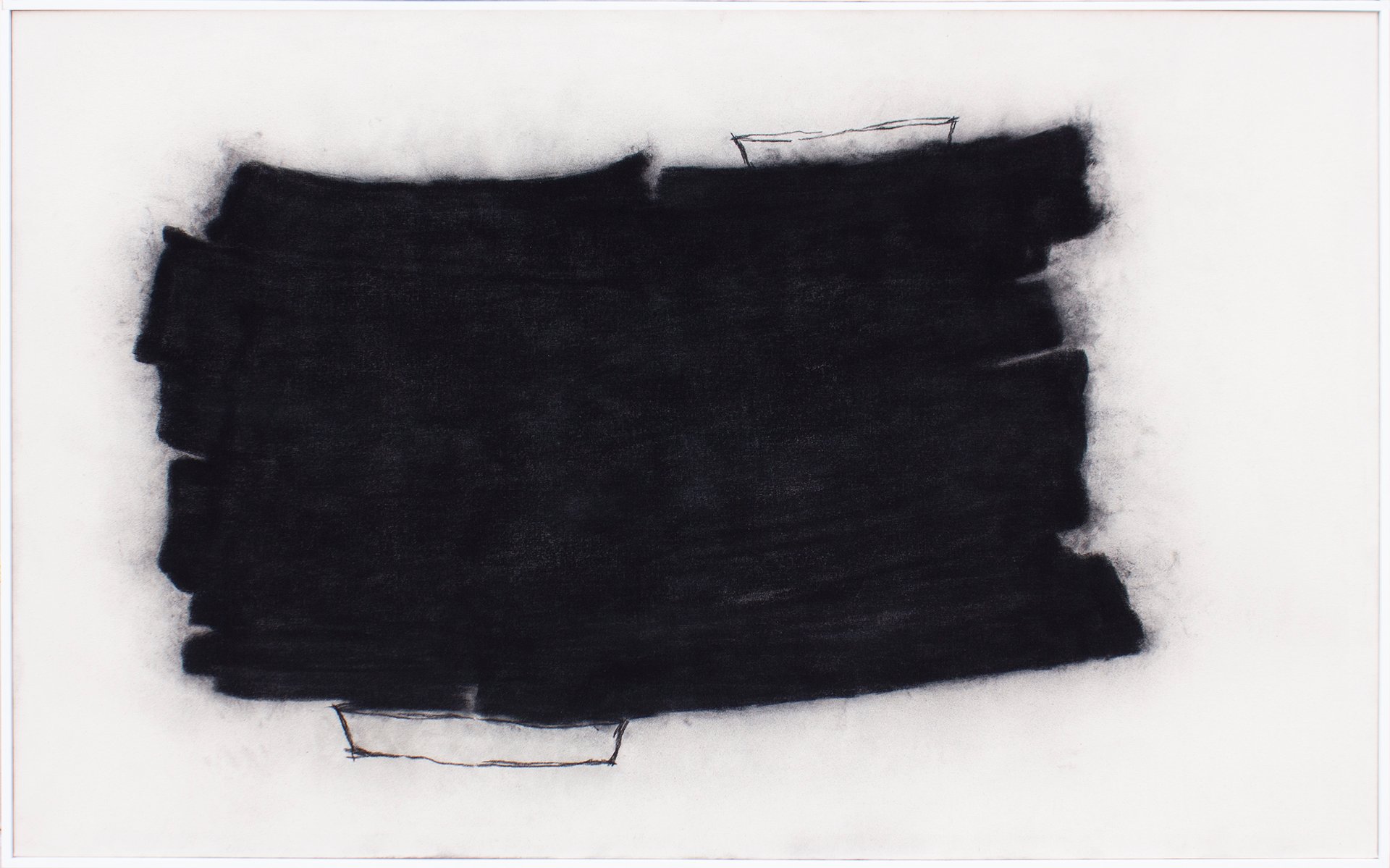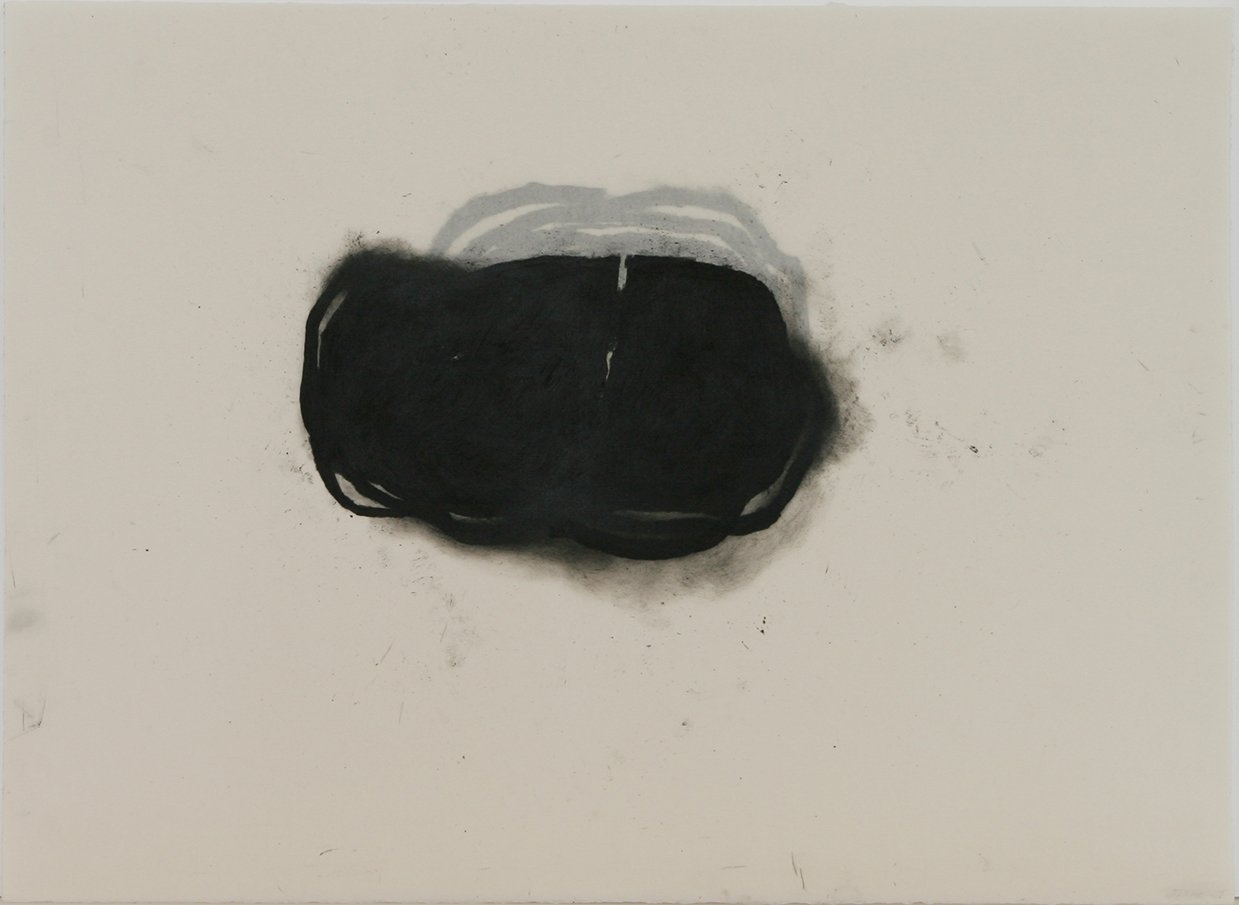Udo Noeger
Born in Germany and now based in San Diego, Miami, and Geneva, Noeger is widely renowned for his luminous abstract paintings, whose primary medium is nothing less than light itself. Noeger began his career steeped in the traditions of German neo-expressionist artists such as Anselm Kiefer and Georg Baselitz, but in the early 1990's he left behind the figure, the heavy layers, and the dark colors that had characterized his early work.
Reducing his color palette to an ethereal spectrum of white tones, he began creating artworks in what has become his signature style. While the paintings evoke the immaculate austerity of minimalism, they share a closer affinity with the Arte Povera movement of the 1960's and 70's, for Noeger has long been interested in transcending the limitations of the painted canvas and expanding its possibilities.
Noeger has exhibited internationally, with critically acclaimed shows in cultural capitals such as Paris, Madrid, Vienna, Berlin, Milan, Hong Kong, Toronto, New York, and Los Angeles. His paintings are included in the permanent collections of the Metropolitan Museum of Art (New York), Art Institute of Chicago, Margulies Collection (Miami), Haus der Kunst (Munich), Kunsthalle Bielefeld (Bielefeld, Germany), as well as in significant public, private, and corporate collections around the world.

AVAILABLE WORKS
Our inventory changes frequently. Please view available works below or click FOLLOW to be notified of new arrivals.
FOLLOW THIS ARTIST
Interested, but not ready to move forward yet? Want to be the first to know about new arrivals? Follow this artist to be notified.
FOLLOWFOLLOW THIS ARTIST
Our inventory changes regularly. Join our private collector list to receive early previews of new arrivals, updates on exhibitions, and occasional exclusive opportunities — thoughtfully curated for those who follow this artist.
22 hours in dreams exhibition
at Village Court
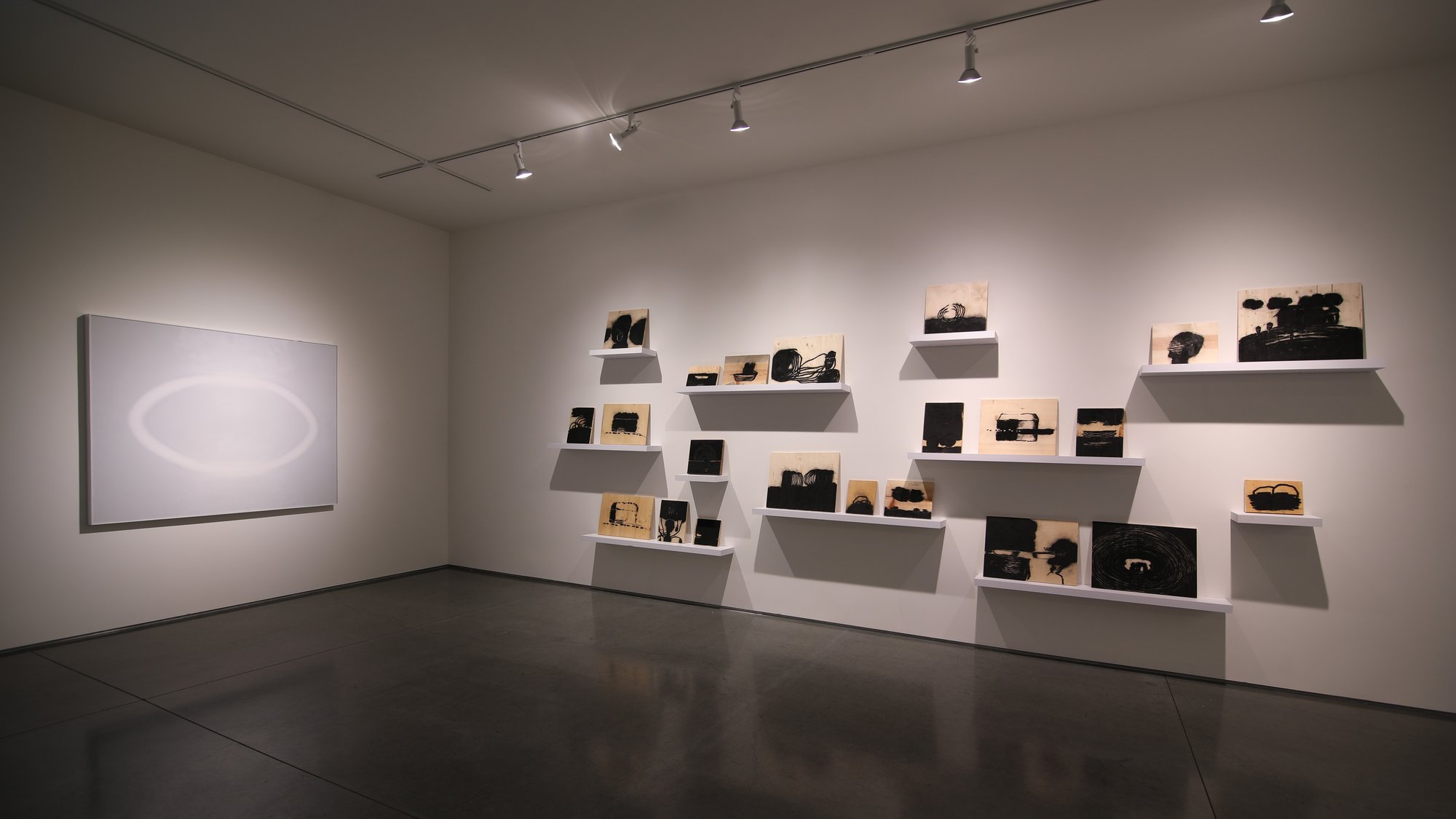
more about this artist
Biography
Born in Germany and now based in San Diego, Miami, and Geneva, Nöger is widely
renowned for his luminous abstract paintings, whose primary medium is nothing less than light itself.
With his innovative, process-intensive technique, the artist creates powerfully reductivist compositions in a seemingly infinite range of whites and silvery grayscale tones.
While the paintings evoke the immaculate austerity of minimalism, they share a closer affinity with the Arte Povera movement of the 1960s and 70s, for Nöger has long been interested in transcending the limitations of the painted canvas and expanding its possibilities.
“I had this idea to open up the canvas,” he reflects. “For me it’s very necessary that I’m not sitting in front of a canvas and filling it up with forms; I’m more interested in the space and the endless possibilities of what’s underneath the canvas. I don’t need color anymore; I’m using light itself. The light is producing the painting.”
Nöger began his career steeped in the traditions of German neo-expressionist artists such as Anselm Kiefer and Georg Baselitz, but in the early 1990s he left behind the figure, the heavy layers, and the dark colors that had characterized his early work. Reducing his color palette to an ethereal spectrum of white tones, he began creating artworks in what has become his signature style. Superimposing three to four layers of tautly stretched canvas (dipped in mineral oil to heighten translucency), he embeds painted gestures and cut-out forms in the center layers, as through a succession of paper-thin screens or theater scrims.
This allows light to enter the picture plane, to travel through it in three dimensions-glowing, refracting, ricocheting in a veritable dance of light—and then to exit, having shared the journey with the eye of the viewer.
For all their seeming spontaneity of gesture and form, the works are meticulously choreographed. The artist is especially conscious of “the fact of time: the three or four seconds it takes between seeing the right and left side of the painting. You’re not in the same moment anymore. That changes a lot of possibilities.” Nöger has exhibited internationally, with critically acclaimed shows in cultural capitals such as Paris, Madrid, Vienna, Berlin, Milan, Hong Kong, Toronto, New York, and Los Angeles. His paintings are included in the permanent collections of the Metropolitan Museum of Art (New York), Art Institute of Chicago, Margulies Collection (Miami), Haus der Kunst (Munich), Kunsthalle Bielefeld (Bielefeld, Germany), as well as in significant public, private, and corporate collections around the world.
